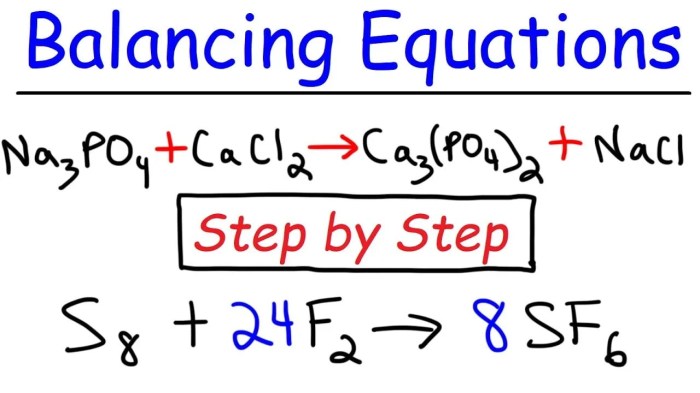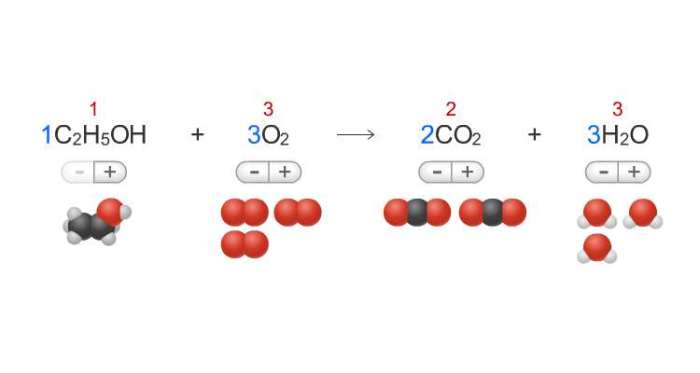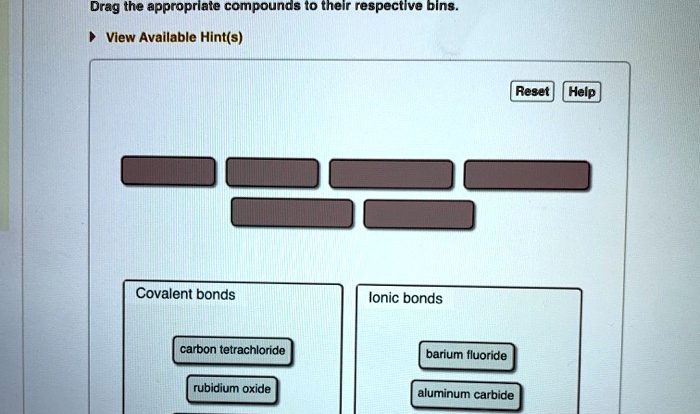In the realm of chemistry education, games for balancing chemical equations emerge as a captivating and effective tool. These games not only provide an engaging learning experience but also foster a deeper understanding of chemical concepts.
From interactive card games to immersive digital simulations, the diversity of games available caters to various learning styles and preferences, making chemistry more accessible and enjoyable for students.
1. Games for Balancing Chemical Equations
Introduction

Games have emerged as a valuable tool in chemistry education, offering an engaging and interactive way to teach challenging concepts such as balancing chemical equations. These games provide a fun and stimulating environment that enhances students’ understanding and promotes their critical thinking skills.
By incorporating games into chemistry lessons, educators can foster a deeper understanding of chemical reactions and the fundamental principles of stoichiometry. Games not only make learning more enjoyable but also improve students’ problem-solving abilities, foster collaboration, and cultivate a lifelong interest in science.
2. Types of Games for Balancing Chemical Equations
Games for balancing chemical equations come in various forms, each with its unique set of mechanics and advantages:
- Card Games:Card games, such as “Balancing Act” and “Equation Match,” use cards representing elements and coefficients to create and balance chemical equations. They encourage strategic thinking and provide immediate feedback.
- Board Games:Board games like “Chemistry Bingo” and “Chemical Reaction Race” introduce a competitive element while teaching the concepts of stoichiometry. They promote collaboration and foster a sense of accomplishment.
- Digital Games:Digital games, such as “Balancing Chemical Equations” by Education.com and “ChemBalancer” by the American Chemical Society, offer interactive simulations and real-time feedback. They provide personalized learning experiences and cater to diverse learning styles.
3. How Games Facilitate Learning
Games make learning more engaging and interactive by tapping into the natural human desire for play. They:
- Increase Motivation:Games provide intrinsic rewards and a sense of accomplishment, motivating students to engage with the material.
- Enhance Cognitive Processes:Playing games involves problem-solving, critical thinking, and decision-making, all of which are essential cognitive skills for balancing chemical equations.
- Promote Collaboration:Cooperative games encourage teamwork and communication, fostering a positive and supportive learning environment.
- Provide Immediate Feedback:Games offer immediate feedback on students’ progress, allowing them to identify and correct errors quickly.
4. Design Principles for Effective Games
Effective games for balancing chemical equations should adhere to the following design principles:
- Clear Objectives:Games should have明确defined learning objectives that align with the curriculum.
- Engaging Mechanics:Game mechanics should be engaging and fun to motivate students to play.
- Intuitive Interface:The game interface should be user-friendly and easy to navigate.
- Adaptive Difficulty:Games should provide adaptive difficulty levels to accommodate students of varying abilities.
- Immediate Feedback:Games should provide immediate feedback to students on their progress.
Popular Questions: Games For Balancing Chemical Equations
How do games facilitate learning in chemistry?
Games make learning more interactive and engaging, fostering a deeper understanding of concepts through hands-on experiences and problem-solving challenges.
What types of games are available for balancing chemical equations?
Games for balancing chemical equations range from card games and board games to digital simulations and online platforms, each with unique features and advantages.
How can games be integrated into the chemistry curriculum?
Games can be used as supplements to traditional teaching methods, providing opportunities for practice, reinforcement, and formative assessment.


